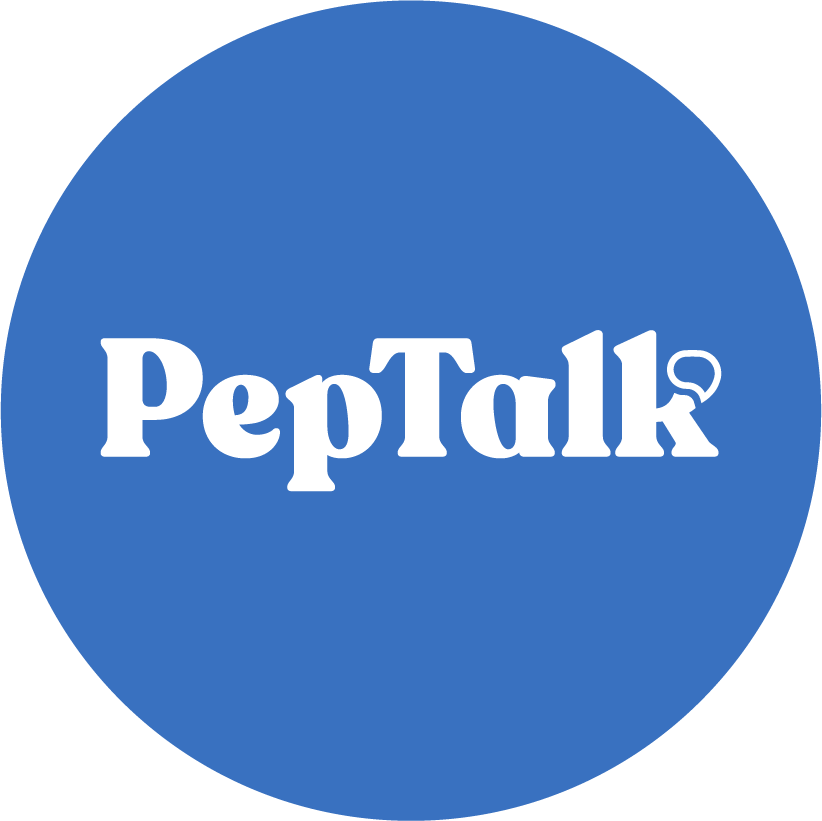Some call it digital transformation, while others treat it as a business transformation. Nonetheless, transformation is a significant undertaking. Now the challenge is this; we are in the middle of a crisis, a significant disruption, and this makes things even more difficult for everyone.
How do you lead transformation through disruption?
So, the critical question is, how do you lead transformation through disruption? I will attempt to address this question in this article. Moreover, the advice will still be valid even if it was not for the disruption.
The lever and the fulcrum
You might recall what Archimedes said once, “Give me a lever long enough and fulcrum to place it on, and I shall move the earth!” And this is where some companies face their first challenge.
People think about IoT, Blockchain, and artificial intelligence (AI) ; they think these are cool technologies. Many companies believe that the deployment of these technologies means transformation. In doing so, they inadvertently spend more time, energy, and resources on technology. They focus on the lever but miss the fulcrum. Pay attention to people, process, and timing if you want to achieve the best results from your transformation efforts.
Technology is not a panacea; it takes people, processes, and timing to achieve the best results.
If one or more contributing aspects of the fulcrum are weak, it will develop cracks. Eventually, the lever will fail to solve the problem.
.png)
Four critical questions
Disruptions, not just this pandemic but even other kinds, often add to your difficulties. Covid-19 has forced many companies to speed up their transformation initiatives, but as the pandemic progresses, how can you lead and make some meaningful impact? The answer lies in four critical questions: why, how, if, and what. The questions like why and how are very strategic, while if and what questions are tactical.
WHY: This is the mother of all questions. In the context of transformation, you need to answer, “why is it important?” When leading a team of humans, you have to clarify the larger purpose.
Do you remember the story of three bricklayers? Someone asked them, “What are you doing?” The first one said, “I am laying bricks.” The second said, “I am building a wall.” But the last one who was the most involved in his job said, “I am building a house for people to live in.”
Depending on your team’s purpose, their motivation will change, affecting their involvement and contribution. But please, don’t give a whitewash and talk about efficiency, competitiveness, or customer satisfaction. All businesses are doing that. All businesses at least say that. And it is not the real purpose, and it is mandatory anyway. Instead, talk about sustainability and a better future for your organization, your employees, and your society.
When it comes to purpose, talk about sustainability and a better future for your organization, your employees, and your society.
IF: As you establish the purpose, you might give more tactical context too. Lay down what would be the outcome as team members take action. It will help them keep going. Just like a speedometer in your car, everyone can keep track of their bit and would know what to do for course correction.
HOW: Of course, all initiatives under the transformation plan must be strategically linked. Besides laying down qualitative or quantitative metrics, you must also identify weak areas and constraints. Only focusing on better or the latest technology will not be useful. If the constraints are within your processes or the culture is weak, no technology can fix it!
WHAT: Once you have set the context, the purpose, and a clear strategy, you can work on tactical steps. Under the current circumstances, it is better to let your teams drive and modify initiatives. Give them some autonomy.
Have you ever observed a seasoned cab driver using Google Maps or other navigation tools? They do not like turn-by-turn instructions; just a bit of guidance is all they prefer. The same is true for your capable team members. Trust is the crucial factor.
You will notice that these four questions are critical to addressing people, process, and timing issues. Highly essential to establish a stable fulcrum so that you can use a technology lever for your transformation, so do not miss it.
.png)
Become future-ready
In general, every organization wants to be future-ready, so most of them go on a transformation journey. So, everyone must understand what it takes to be a future-ready organization. As I see it, future-ready companies exhibit the following seven characteristics:
- Operate at a higher speed
- Are highly agile
- Foster creativity and innovation
- Build and nurture an experimentation culture
- Have a strong technology foundation
- Treat their business as a platform
- Have immaculate foresight skills
Future-ready organizations will have to be innovative and agile. They will have to foster an innovative culture. Increase operating speed while building a robust technological foundation and learn to change business models creatively. But most importantly, all organizations need foresight skills.
Being able to develop foresight skills in your senior leadership is significant leverage. Create that leverage and stay on the right side of it!

💡 Interested in hearing more from Anand? Get in touch with our team to book a PepTalk either in-person or virtually. Email us at hello@getapeptalk.com or send us a message via the chat. You can also call us on +44 (0)2038352929. Remember, it’s never too early (or too late) to get a PepTalk!





.png)







